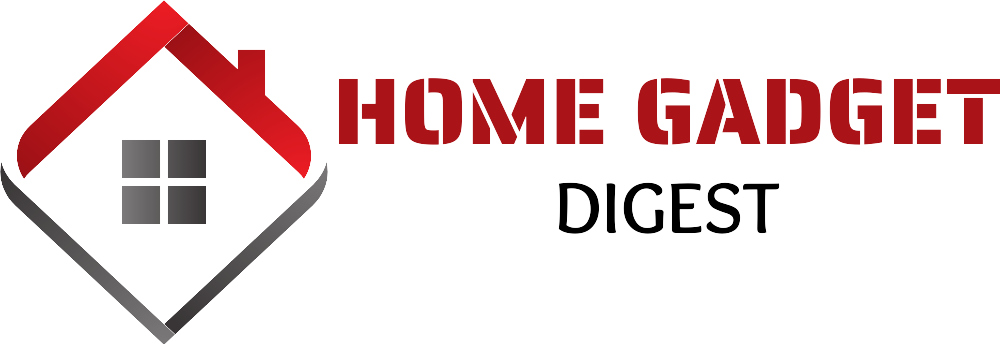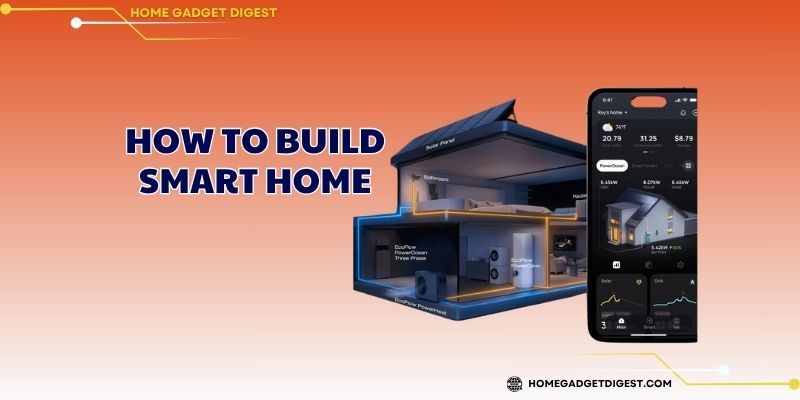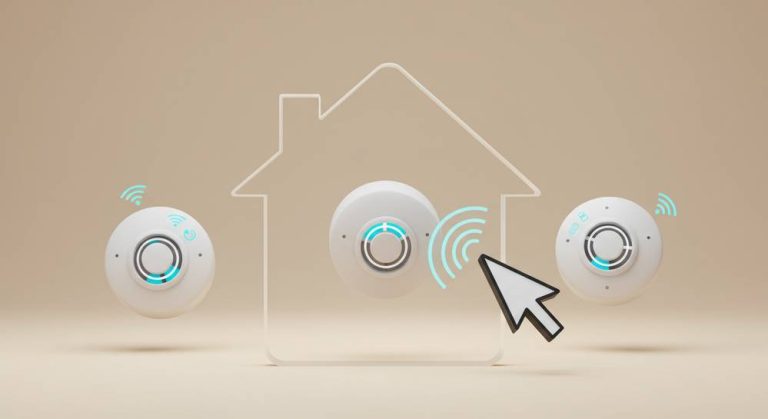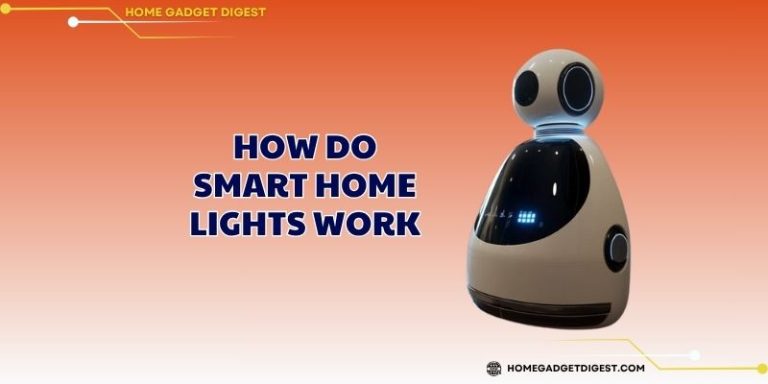Curious about how to build smart home systems that transform your living space into an intelligent, efficient haven? In 2025, creating a smart home is more accessible than ever, blending convenience, security, and sustainability.
Contents
Introduction

Building a smart home in 2025 means harnessing AI, IoT, and wireless connectivity to create a responsive environment tailored to your lifestyle. Understanding how to build smart home empowers you to automate tasks, enhance security, and save energy, with over 500 million smart homes globally showcasing its popularity.
Whether you’re a tech novice or enthusiast, it involves selecting devices, planning connectivity, and integrating systems for seamless control via apps or voice assistants like Siri or Alexa.
In Vietnam, where urban pollution and energy costs are concerns, it can address local needs, such as air purification or efficient lighting, making it a practical investment. This guide simplifies how to build smart home, ensuring a smooth journey to a connected, intelligent living space.
How to Build Smart Home – Step-by-Step Guide

Mastering how to build smart home requires a structured approach, breaking the process into manageable steps. This step-by-step guide for 2025 ensures a functional, scalable smart home setup, adaptable to any budget or home size:
- Start by identifying your goals—security, convenience, or energy savings. For a Hanoi apartment, prioritize air purifiers or smart lights; for larger homes, consider cameras or thermostats. Set a budget, noting entry-level devices cost $15–$50, while comprehensive systems may reach $1,000. This step shapes how to build smart home tailored to your lifestyle.
- Select a central hub and ecosystem, such as Apple HomeKit, Google Home, or Amazon Alexa, which supports Matter for cross-brand compatibility. Hubs like the Google Nest Mini ($49) or HomePod Mini ($99) act as control centers. Ensure the platform supports Vietnamese for voice control, critical for how to build smart home in local markets.
- A stable Wi-Fi network (Wi-Fi 6 or 7 recommended) is the backbone of how to build smart home. Place a router centrally, or invest in a $100 mesh system for larger homes. Use the 2.4 GHz band for device compatibility, avoiding congestion common in Vietnam’s urban areas. Test speeds (50 Mbps minimum) to ensure reliable connectivity.
- Begin with versatile devices like smart bulbs (Nanoleaf Essentials, $20) or plugs (TP-Link Tapo, $15). For security, consider a Wyze Cam v4 ($30); for air quality, a Levoit Vital 200S purifier ($200). Choose Matter-compatible devices to simplify how to build smart home with future expansions in mind.
- Screw in bulbs, plug in devices, or mount sensors per manufacturer instructions. Download apps (e.g., Nanoleaf, Wyze) and pair devices via Wi-Fi or hubs, using QR codes for quick setup. Test connections to confirm how to build smart home systems operate smoothly, typically taking 5–10 minutes per device.
- Use your platform’s app to create routines, like “Morning” to open blinds and start coffee, or “Away” to lock doors and turn off lights. Set triggers (time, motion, or voice) and test automations, refining as needed. This step brings it to life with personalized intelligence.
- Test your setup via voice commands (“Hey Siri, turn on lights”) or app controls. Monitor performance for a week, then expand with devices like smart thermostats or locks, ensuring how to build smart home remains manageable and cost-effective over time.
Additional Tips for Building a Future-Proof Smart Home

To ensure your smart home remains relevant beyond 2025, incorporate these tips when planning how to build smart home, enhancing longevity, efficiency, and adaptability:
Choose devices supporting the Matter standard to avoid compatibility issues as brands evolve. This future-proofs it, allowing seamless integration with new devices, critical in Vietnam’s diverse tech market.
Start small but select platforms and devices that support expansion. For example, a Zigbee hub like the Amazon Echo can handle 100+ devices, ensuring how to build smart home grows without overhauling your setup.
Use strong Wi-Fi passwords, enable two-factor authentication, and create a guest network for devices to prevent hacks. Regular firmware updates via apps protect against vulnerabilities, safeguarding it in an era of rising cyber threats.
Opt for Energy Star-rated devices, like Ecobee thermostats, to reduce power consumption by 20%. Solar-powered sensors or smart plugs with energy tracking align how to build smart home with Vietnam’s sustainability push, lowering long-term costs.
In Vietnam, explore local retailers or X communities for deals and setup advice tailored to urban challenges like pollution or humidity. Engaging with regional tech forums enhances how to build smart home with context-specific insights.
Budget for filter replacements (e.g., $30/year for purifiers) or battery changes ($10/year for sensors). Subscribe to manufacturer newsletters for software updates, ensuring how to build smart home remains optimized and functional.
Use AI-driven hubs to create adaptive routines, like lights adjusting to weather or purifiers activating during smog alerts. This maximizes how to build smart home with cutting-edge intelligence, preparing for future AI advancements.
To Home Gadget Digest, mastering how to build smart home in 2025 is an empowering journey, transforming your space into a connected, intelligent ecosystem with ease. By following a clear step-by-step guide and incorporating future-proofing tips, it becomes accessible, efficient, and tailored to your needs, from Hanoi’s urban hubs to global homes.
















+ There are no comments
Add yours